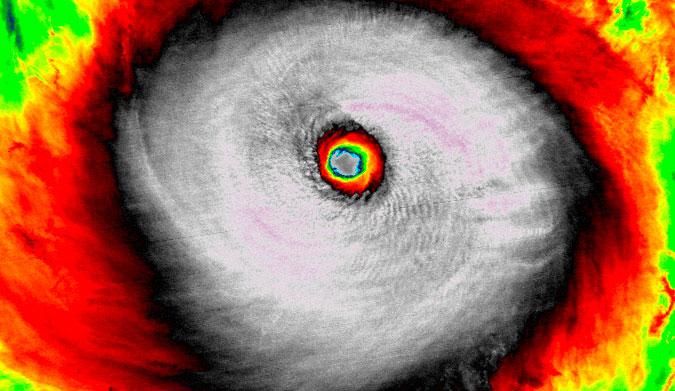As the Arctic sea ice disappears due to global warming, so too will Polar Bears and the climate we know today.
Sea ice scientists working in the Arctic say it’s not a question of “if” there will be nearly ice-free summers, but “when.” The news is that “when” is sooner than we thought -- before 2050 and possibly within the next decade or two. Using three different modelling techniques they came up with an ice free Arctic by 2020, 2030, or 2050.
James Overland and Muyin Wang, both of NOAA, published their extraordinary results in Geophysical Research Letters April 12, 2013.
In another study from the Bjerknes Centre (January14, 2013) it was confirmed that Arctic sea ice is shrinking in both thickness and extent at an alarming rate. Most of these global warming effects are attributable to human activities that add greenhouse gases to the atmosphere; our burning fossil fuel.
Sound like bad news for polar bears?
As the ice thins and breaks it is lost through the Fram Strait between Svalbard and Greenland. Last year’s movement of ice through the Fram Strait was huge and the Arctic ice in 2012 was the least on record.
A paper published in March’s Nature Climate Change by Richard Pearson, lead author and scientist at the American Museum of Natural History’s Center for Biodiversity and Conservation, predicts that as the ice goes from the land, wooded areas will increase by as much as 50% in the next few decades. Green forests absorb the sun’s energy rather than reflecting it back into space like ice does. The same is true of the sea; it will also absorb more heat without an icy covering.
Dr. Pearson’s team found that a phenomenon called the albedo effect, based on the Earth’s reflectivity, would have a runaway impact on the greening Arctic and global warming effects would “—extend far beyond the Arctic region”.
As more sunlight is absorbed the temperature increases even further melting yet more ice. This has a positive feedback to an already warming climate: the more vegetation there is the more warming will occur. And higher temperatures mean even more vegetation.
“By incorporating observed relationships between plants and albedo, we show that vegetation distribution shifts will result in an overall positive feedback to climate that is likely to cause greater warming than has previously been predicted,” said co-author Scott Goetz, of the Woods Hole Research Center.
What this means is that melting Arctic ice is no longer evidence of a rapidly warming planet; it’s now part of the cause of global warming.
The March Geophysical Research Letters presented the alarming results for a study of Canada’s Arctic Archipelago showing an ice loss of at least 20% and global warming of 8 degrees Centigrade by the end of the century.
Lead author Dr Jan Lenaerts of Utrecht University says, “Even if we assume that global warming is not happening quite so fast, it is still highly likely that the ice is going to melt at an alarming rate. The chances of it growing back are very slim.”
Well this is all very bad news for polar bears but is it really going to be a problem for the rest of us? What will the loss of ice mean to the average person and most importantly, will it affect me?
I’m going to leave that question with you in the proverbial “cliff hanger”. In the mean time you may want to rethink your wardrobe or maybe even where you might like to live.





